40 years today since Decision-in-Principle on final disposal of spent nuclear fuel in Finland
Exactly 40 years ago, on 10 November 1983, the Finnish Government approved Teollisuuden Voima’s plan to deposit the spent fuel generated in the operation of nuclear energy deep in the Finnish bedrock. The Government’s Decision-in-Principle (DIP) also outlined a roadmap for the selection of the final disposal site in Finland.
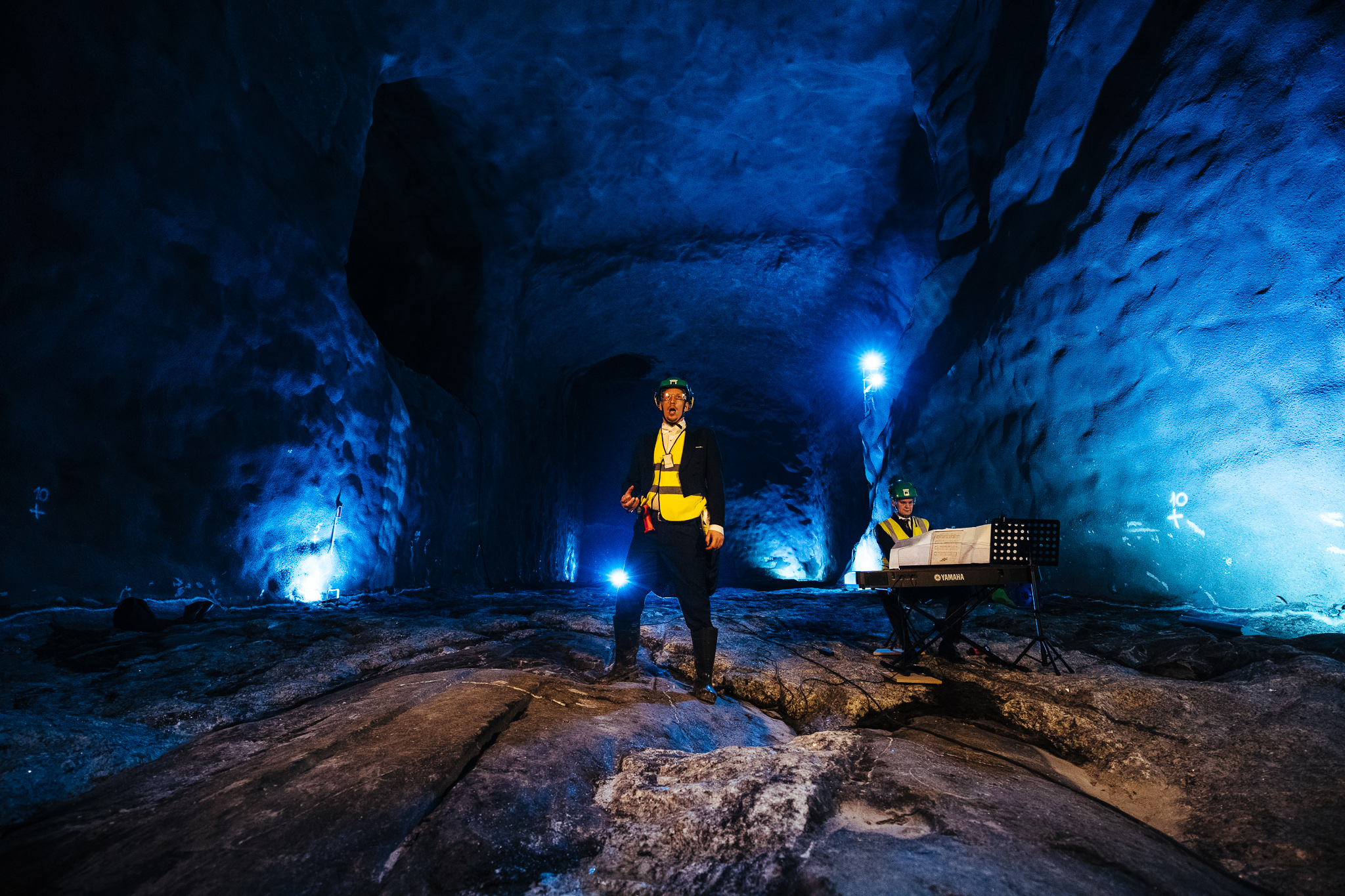
he plan on which the DIP was based relied on a Swedish concept which featured the use of canisters made from copper and cast iron for packaging of fuel assemblies. The canister would then be deposited in the bedrock at a depth of 400-700 metres. The final disposal was to start in about the year 2020.
This DIP has steered Finnish nuclear waste management up until today. Finnish decision-makers have wanted the waste to be disposed of in the same country where uranium has been used for the good of the country’s economy, its companies and citizens.
Schedule has stood test of time
Despite the long journey, the schedule has stood the test of time quite well. But how was the Decision-in-Principle achieved and what happened after it? Here is a brief revision.
Initially, TVO was only granted a five-year operating licence for its new nuclear power units. OL1 was connected to the grid in 1978 and OL2 in 1980. When TVO’s operating licence was renewed after the five years, the Company started in 1983 to gather knowledge on final disposal technology and geology.
The geological data available on the entire Finnish territory was examined. This produced more than a hundred sites that would probably be suitable for final disposal. Five of them were selected for what is referred to as preliminary site characterisation carried out in 1987-1992. In three areas, this was followed by more detailed investigations.
Loviisa added to the project
At that point, the site of Imatran Voima’s (later Fortum) nuclear power plant in Loviisa was added as the fourth site. This was because IVO could no longer export the nuclear waste it generated when a law which prohibited it was adopted in 1994. When preparing the application for EU membership, Finland concluded that both the export of nuclear waste from Finland and the import of nuclear waste into Finland had to be prohibited. The prohibition was recorded in the Nuclear Energy Act in 1994. Finland became a member state in the EU on 1 January 1995.
As owners of nuclear power plants, TVO and Fortum had to develop a new strategy for waste management. Posiva Oy was founded in 1996 as a company in charge of the final disposal of spent nuclear fuel for the two NPP operators.
Extremely active interaction
The detailed site characterisation investigations were started in 1993 and continued until 1999. Both the preliminary and the detailed site investigations involved extremely active interaction with various stakeholders, listening to the opinions voiced by people and various organisations and providing replies to their questions .
At every site locality, an office was set up to organise information events, exhibitions and meetings. The new Nuclear Energy Act enforced in 1988 also called for the consideration of the opinions of municipalities and their residents. The Act prescribed a procedure which guaranteed the municipality a right to veto the construction of any nuclear facility. In other words, municipalities had the possibility to also reject the final disposal project in their area.
Another act that affected interaction related to the project was the Act on Environmental Impact Assessment also adopted in 1994. The EIA procedure carried out in 1995-1997 as prescribed by the Act, including the assessment of socioeconomic impacts and multilevel interaction platforms, was by far the most extensive EIA procedure of its time. It would fare well in comparison to even present-day EIA procedures despite the notable increases in requirement levels and standards.
Posiva’s objective in the EIA procedure was to carry out the assessment with true interaction with the residents of the municipality. The concerns of the people could be mitigated by discussing them openly showing respect to people.
Posiva selected Olkiluoto in 1999
In 1999, Posiva selected Olkiluoto in the municipality of Eurajoki as the final disposal site, based on site characterisation, close interaction, public opinion and many other factors. When the site has been selected, the Decision-in-Principle on the actual project, either in favour or against, is made by the Finnish Government. And then the DIP is either approved or rejected by the Finnish Parliament. The most important parts of the application for the Decision-in-Principle include the safety assessment prepared by the Radiation and Nuclear Safety Authority of Finland (STUK) and the Environmental Impact Assessment Report.
In order for a DIP to be made, the municipal council of the host locality must first approve the implementation of the project. The municipal council of Eurajoki voted on the project in 2000 with 20 votes in favour and 7 against. The residents of Eurajoki had learned to trust the nuclear power plants which operated reliably and also brought both employment and tax revenue to the municipality. All in all, the public attitude towards the project was mainly positive and Eurajoki also felt responsibility for resolving the waste issue connected with nuclear power that had brought so much good to the municipality.
Retrievability requirement
When examining the project, the Finnish Government added the requirement for the retrievability of the spent fuel in the prerequisites for the implementation of the project. This meant that final disposal must be planned so that the final disposal facility can be opened, if advanced technology renders it appropriate. This had a favourable impact when the Finnish parliament deliberated on the acceptability of final disposal. Another argument presented in favour of the acceptability of the project in the Parliament was that the current generation shall resolve the question of spent nuclear fuel and not defer it to future generations. The Parliament approved the project in May 2001 with a 159–3 division of votes.
Posiva concentrated its operation in Olkiluoto and started the construction of the underground research facility in 2004. The facility was named ONKALO® and it will be part of the actual final disposal repository.
Text: Pasi Tuohimaa
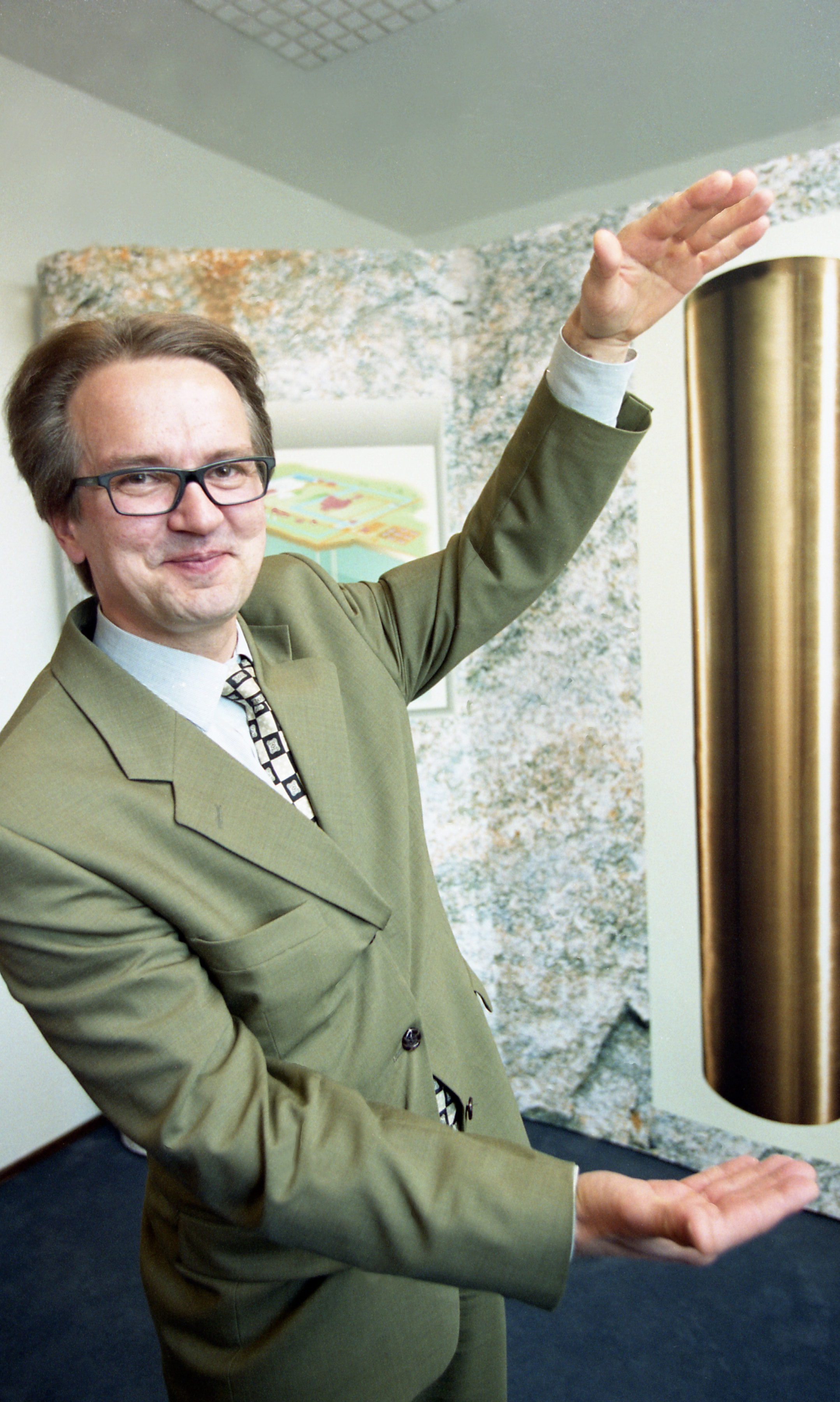
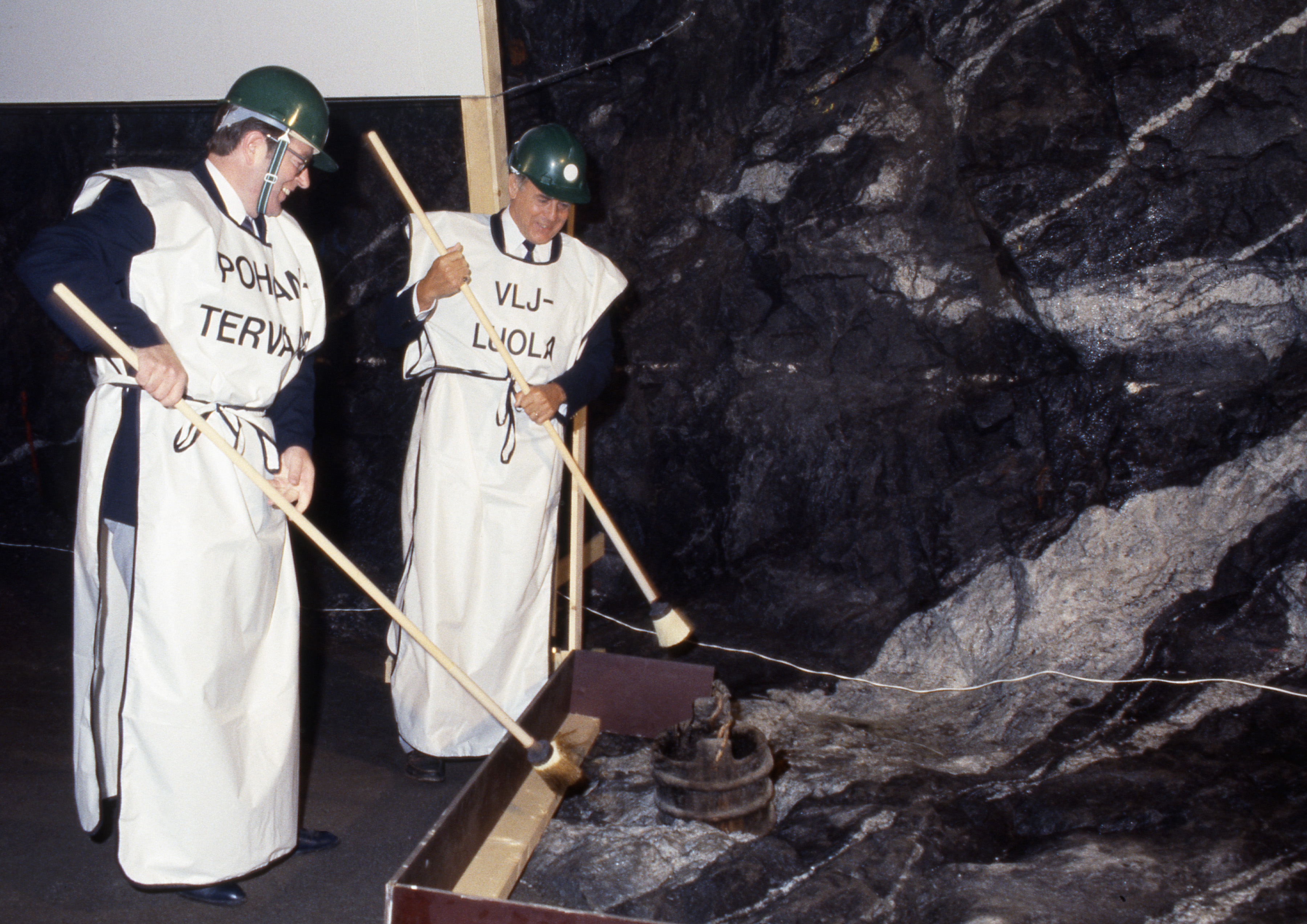
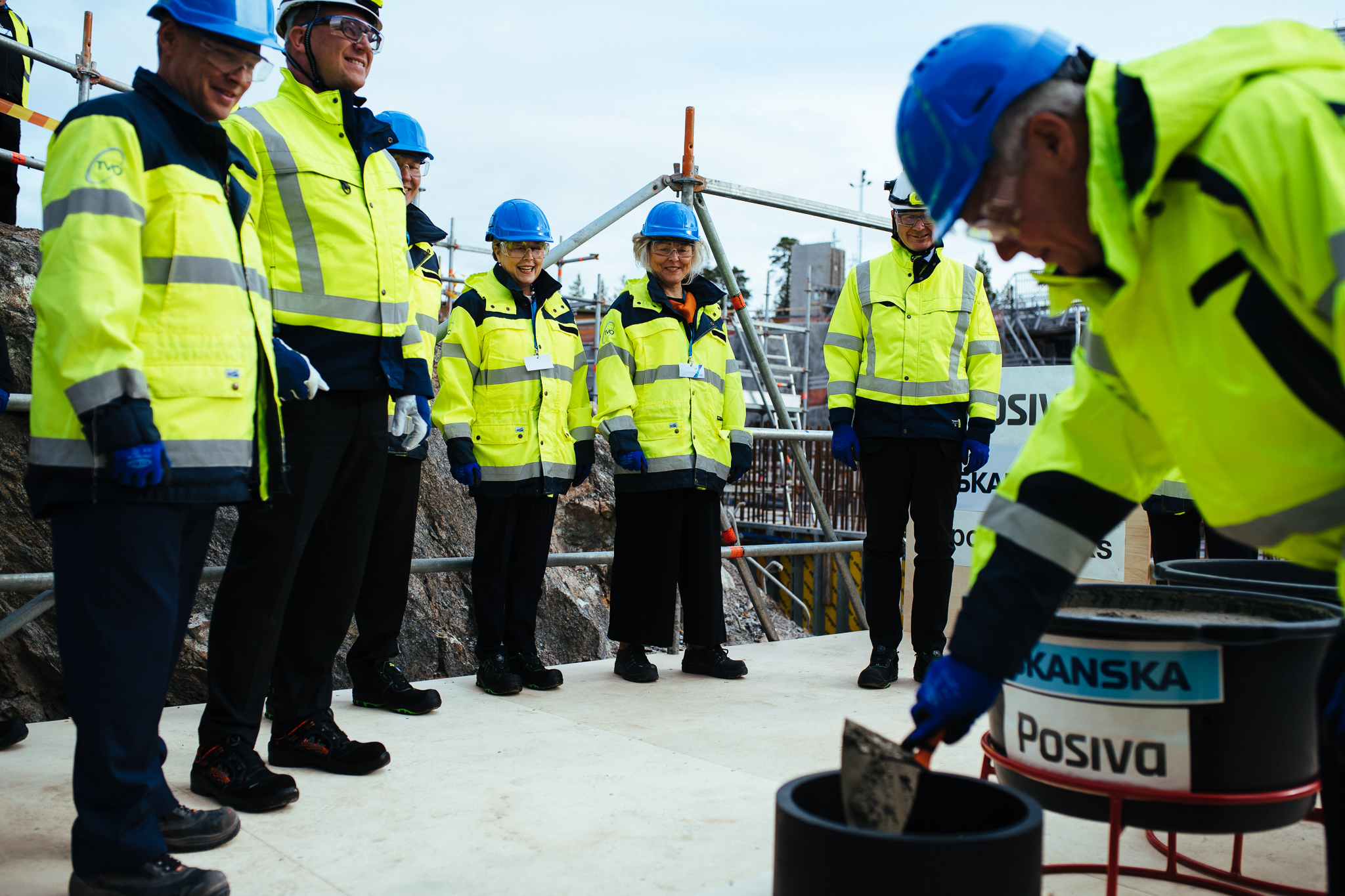
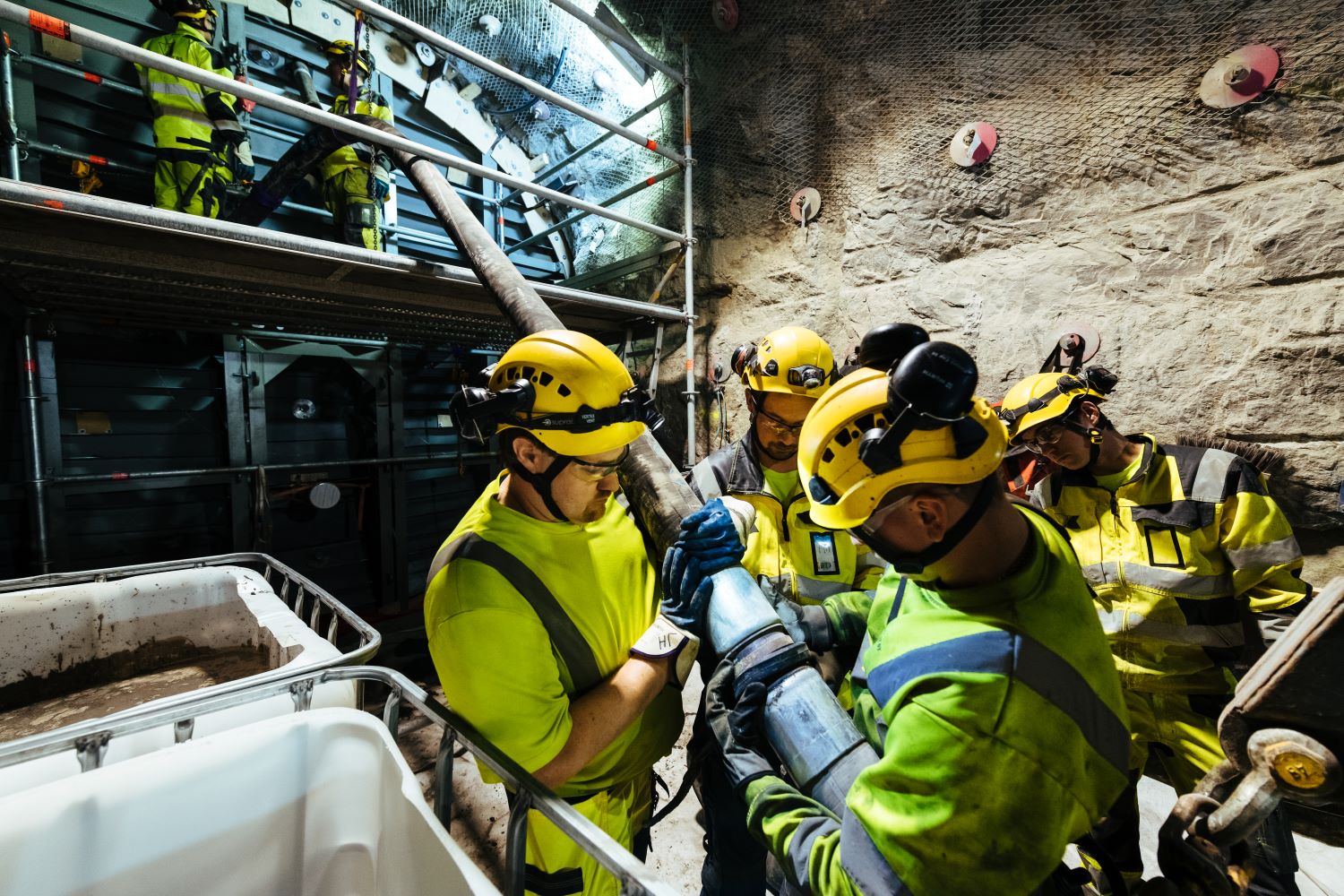
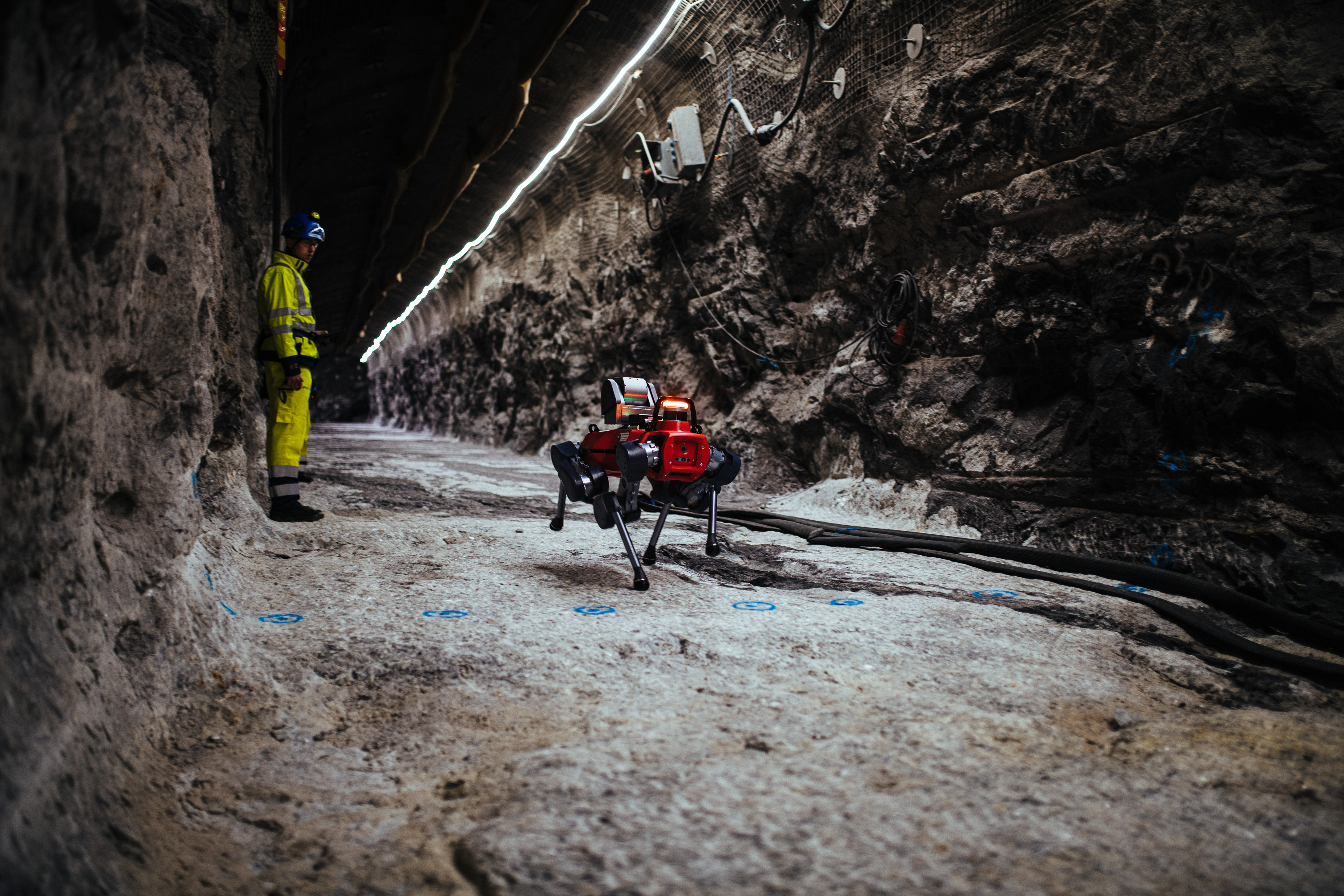
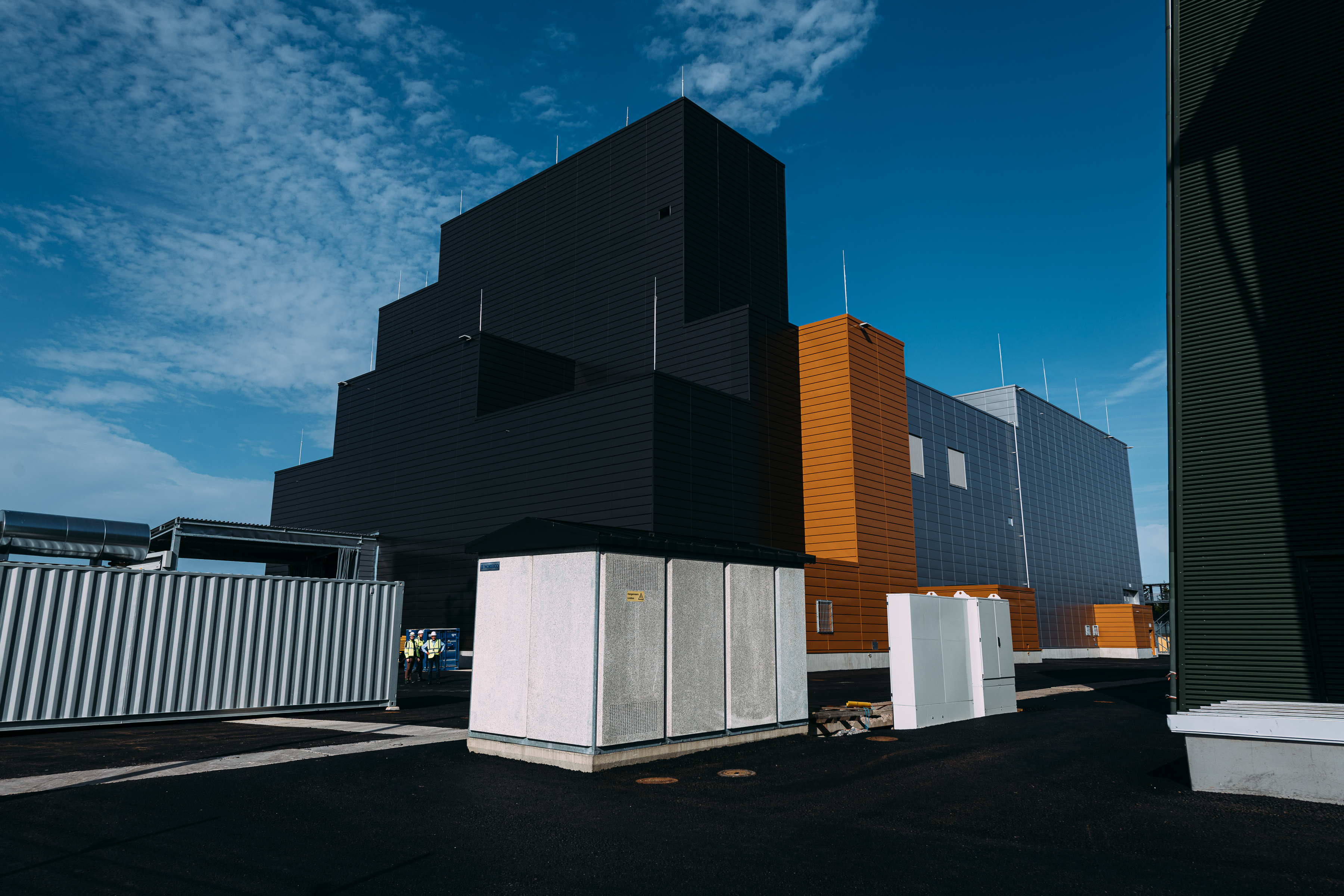
Share